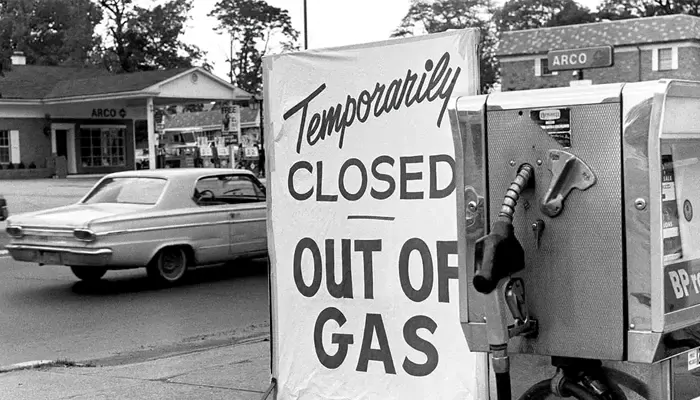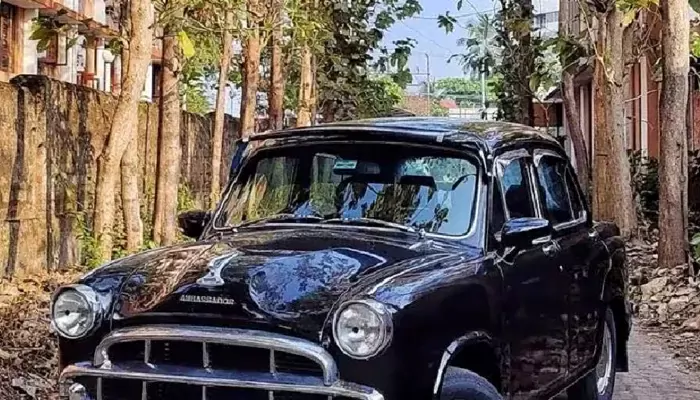
The OPEC crisis led to an increase in the prices of crude oil that affected several countries in the world, including India.
In 1973, India was a young country, aged 26, working tirelessly to lay the foundations of various sectors. The country’s automobile sector was also a priority for the government and the masses, and therefore, it was going through a transitional period at a rapid pace. After all, the automobile industry was one of the keys to turning India into an economic stronghold.
Unfortunately, 1973 witnessed the OPEC crisis, fuelled by the Arab-Israeli conflict. The Organisation of Petroleum Exporting Countries was founded by five members: Venezuela, Iraq, Saudi Arabia, Iran, and Kuwait—four of which were Arab nations.
When the Arab-Israeli conflict took place, these nations targeted those countries that had supported Israel during the conflict. Therefore, OPEC embargoed the US and several countries, leading to a sharp rise in crude oil prices.
Initially, OPEC raised the price of fuel by 5.11 dollars per barrel, whereas some members started cutting oil production by five per cent. By December ’73, the price had hit 7 dollars per barrel. India, despite having friendly relations with the Arab nations, did not manage to save itself from the price shocks, as the Arab nations declined to accept a dual price policy.

In 1973, India’s automobile industry was still in its nascent stage. There were only a handful of cars, motorcycles, and other forms of vehicles, and all of them ran on petrol. The government had no option but to hike the price of petroleum, but fortunately, this had no effect on diesel and kerosene. This called for India’s shift from petrol vehicles to diesel.
Mechanical knowledge and advancement were also limited in those days, and therefore, a sudden shift to diesel vehicles was out of the question. It took the country four years to launch its first diesel vehicle, the Hindustan Ambassador Mark 4, into the Indian market. By then, vehicle purchases had plummeted significantly.
Initially, diesel-powered vehicles were restricted to taxis and government vehicles, but worldwide crude oil prices forced the government to lift the restrictions. For the first time since independence, the Indian streets saw diesel-powered vehicles used by the common masses. The shift took place similarly to what we have been witnessing since 2020—the move from petrol and diesel to electric.
The 1973 crisis was not the only occasion when automakers had to make a shift. Even in 2013, the deregulation of diesel prices and the hike made automakers move back to petrol vehicles from diesel, given that the difference between petrol and diesel prices had reduced. Not to forget, as the automatic gearbox gained popularity, petrol became the primary choice, as it was easier to install an automatic gearbox with a petrol engine compared to a diesel engine.

India is now focusing on making the country one of the top names for electric mobility. Be it cars, motorcycles, or scooters, every company is trying to grab a piece of the electric mobility pie.
Since 1973, the Indian government and automakers have had to constantly adapt to changing geopolitics and trade dynamics to not only keep the country's automobile industry afloat but also turn it into one of the largest in the world, scripting important milestones in the country’s history books.